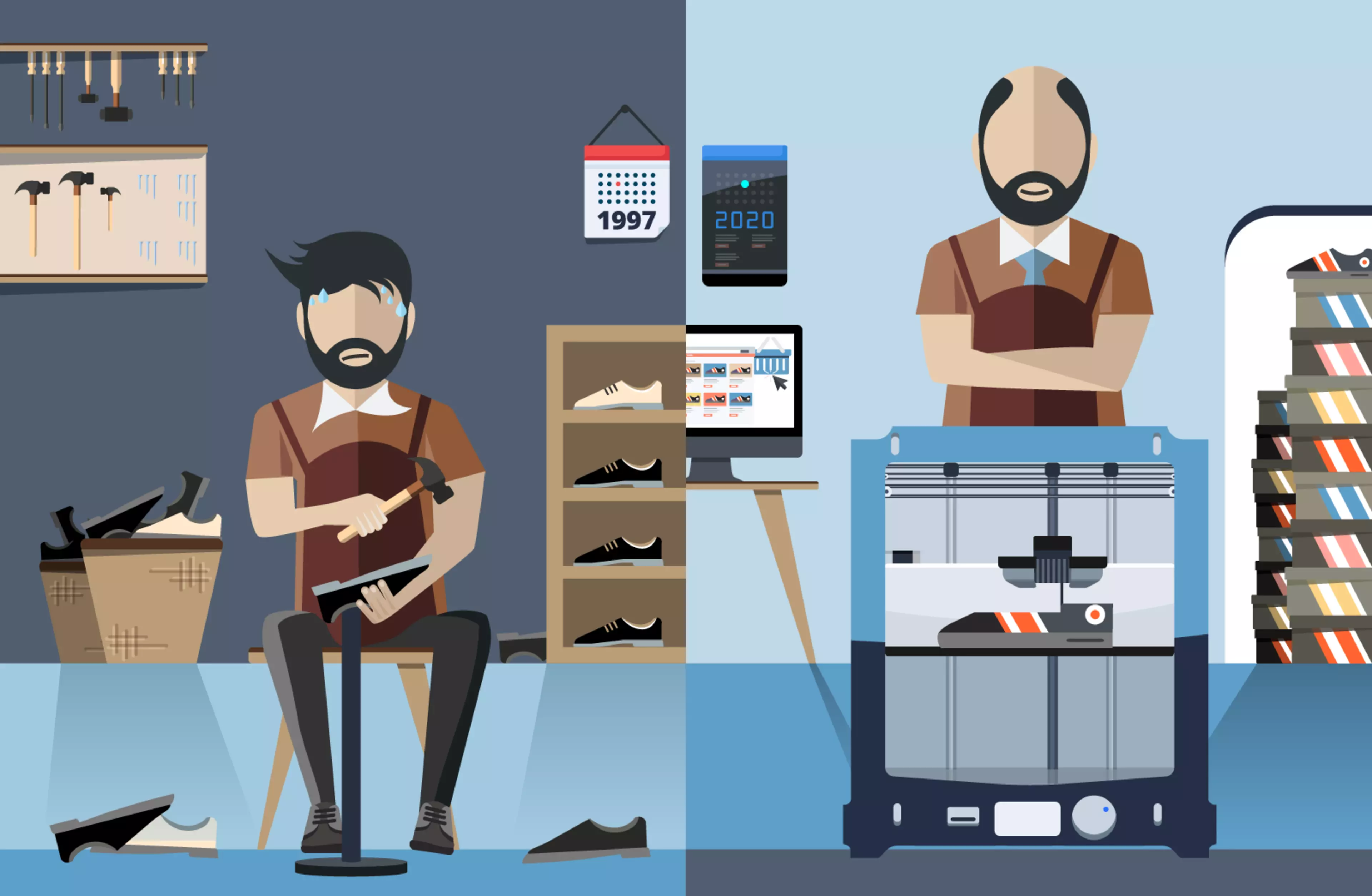Small and medium-sized enterprises in particular find it difficult to engage with the change to the digital era. The digital economy has long since become part of the present rather than the future. But where to start? What do I have to invest and how long should it take? We asked Bertelsmann Foundation expert in the future of work, companies and society, Dr Ole Wintermann, for advice.
Everyone is talking about digitisation and the ‘Digital Revolution’ as if it were another Industrial Revolution. What does it mean in practice and how well prepared for it are small and medium-sized companies?
Dr. Ole Wintermann: At the end of November, we published a brief study showing that the subject has hardly made an impact in small and medium-sized companies. And if it has, there is often a misunderstanding whereby digitisation is confused with mechanisation, and people only think about increasing efficiency. Digitisation describes a totally different form of work culture to that of the industrial age. Less planning, more agility in planning. It is about constantly reinventing yourself. Companies need to understand, authorise and facilitate that.
Constantly reinventing yourself sounds both radical and stressful. Why is that the decisive task in digitisation?
Dr. Ole Wintermann: In automated mass production, there was a single qualitative leap and then everything continued that way for many decades, with only increased efficiency considered. With digitisation, we are experiencing an exponential development: faster and faster. Continuous qualitative leaps. There is no phase where you can sit back and relax. The processes and products have to be questioned. But in many successful companies, we see considerable persistence. For example, they say: we have been producing beer for 150 years and will continue to do so as we have up to now. But disruption and qualitative leaps cannot be predicted. Suddenly, competitors from completely different sectors enter the market. In order to be able to react successfully to that, a lot has to change within the company.
Does a cobbler have to get involved in that? They repair shoes and assume they will do that in their three branches until they retire.
Dr. Ole Wintermann: Every company that wants to have a future has to deal with the subject. Up to now, a cobbler has considered how they can repair three pairs of shoes an hour instead of one pair. That was the linear development of the business model. If the cobbler acts disruptively, he might consider printing shoes in the near future. He measures the feet of his customers and can print new, perfectly fitting shoes – individually designed – within a day. If I only thought about mechanisation, I would not hit upon that idea. Or a baker: he can deliver the dough pieces to bake rolls to the customer the evening before. Maybe he doesn’t need a retail outlet at all anymore? These examples illustrate the new logic that has to infiltrate entrepreneurial thinking in order to recognise the opportunities of digitisation.




